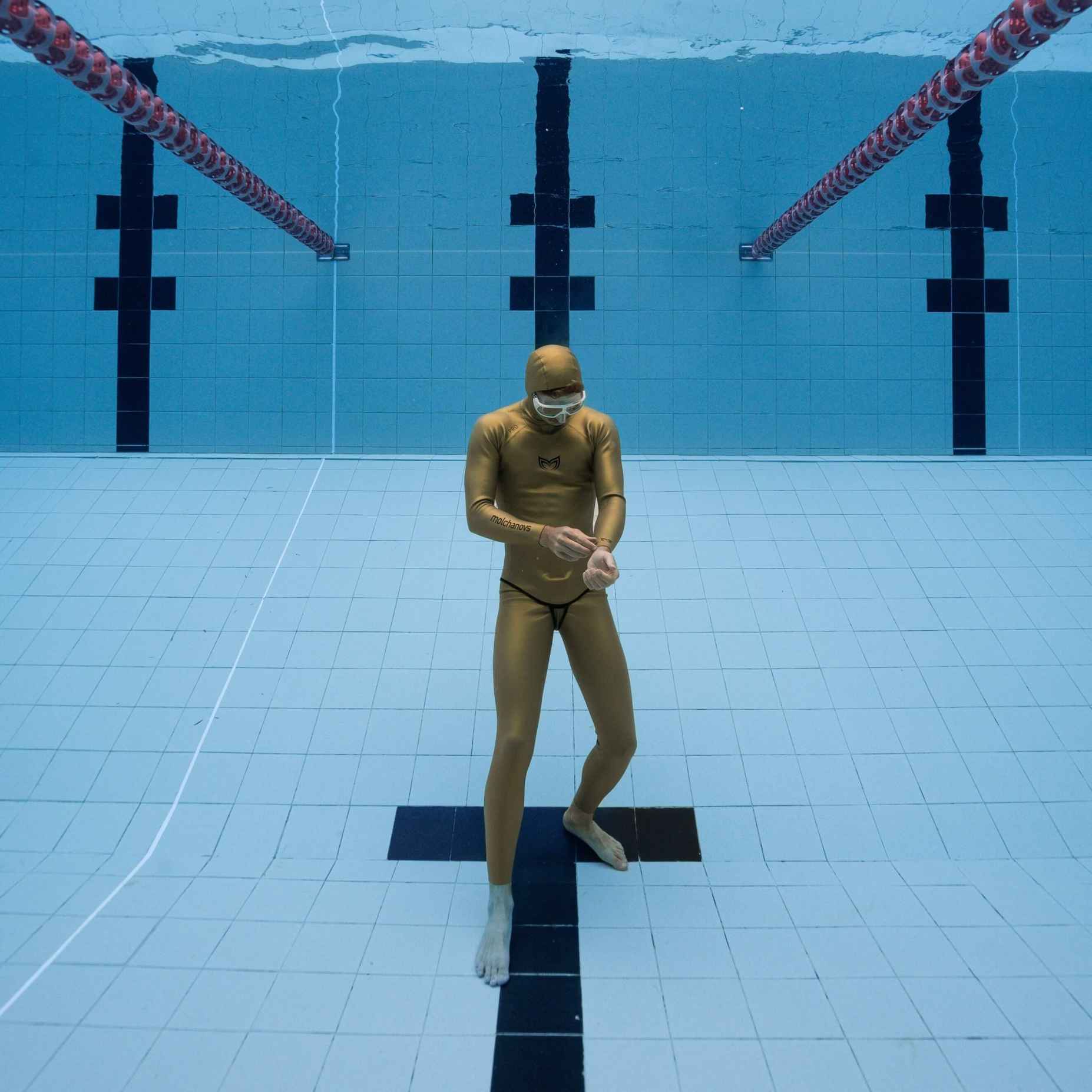How to Travel with Your Freediving Bifins and Monofin

Some of the most popular questions on freediving forums include how to travel with freediving bifins and monofins. You asked - we’ll answer!
Traveling with freediving equipment can be a real headache, especially with uniquely shaped equipment such as freediving bifins and monofins. Apart from finding a case or a bag that will fit them, you also need to take into account the blade's material (plastic, fiberglass, or carbon fiber), the type of traveling you are doing with the bag, what other equipment you will transport with it, and how much protection you require.
But there is good news - it doesn’t have to be a headache! Investing in the proper protection, accessories, bags, and cases can make traveling with your equipment a breeze and an afterthought. Keep reading to learn how to take the pain out of equipment transportation!
Traveling with bifins
In the water, long bifins are majestic and get us to where we need to go - but why must they also be so long when we’re taking buses, trains, and planes on land? Finding bags and luggage cases with bifin dimensions can be tricky (if not impossible), which is why it’s easier to invest in a bifins-specific bag.
Lightweight Bags
When you have a short period of travel, like from your accommodation to a freediving school or your house to a pool, a lightweight bag is usually enough to carry bifins plus other equipment. And if you’re keeping them in your hands or on your shoulder, you don’t necessarily need to reinforce the blades from hard impact.

The Lightweight Bifins Bag 3 is a convenient bag for traveling directly to the pool or open water, especially since it’s roomy enough for multiple pieces of equipment, has a removable and adjustable shoulder strap, and separate pockets to keep everything organized.
P.S. Freedivers diving with CORE Silicone Bifins and PRO Short Bifins 2, there’s also the Short Bifins Backpack for a more compact solution!
Bifin Blade Protection
If you’re going to go on a plane or have to store the bifins somewhere, you need to consider bundling the blades in something protective. Some people even use their wetsuits to wrap around the bifins and provide padding.

But to save your wetsuits, Molchanovs created the Bifin Blade Protection, lightweight removable polycarbonate sheets with velcro attachments that encase the entire blade, as an option for lightweight fin protection. They pair well with the Lightweight Bifins Bag 3 or can even be used on their own to hand-carry your bifins onto an airplane!
Traveling with a monofin
Monofins - so sleek, so powerful, and so extremely hard to travel with! Due to their unique shape, good luck finding luggage or bags not specifically made for monofins! Luckily, monofin manufacturers recognize this problem and make bags - Molchanovs, in particular, has 4 different options for traveling with monofins!
Lightweight Monofin Bag

Semihard Monofin Bag

For a sturdier solution, you can also choose the Semihard Monofin Bag 2, which has plastic inserts to make a stiffer compartment for your monofin (or 2 pairs of bifins). An extra zippered pocket for other equipment and backpack-style straps give you a little extra peace of mind during transportation. You can even remove the plastic inserts and easily fold the bag to pack away or store it when you’re not using it!
Monofin Blade Protection

If you want to use your Lightweight Monofin Bag 3 or Semihard Monofin Bag and have some reinforced protection for the blade, you can always turn to the Monofin Blade Protection. With the two lightweight polycarbonate sheets that fasten together with velcro, it’s the same concept as the Bifin Blade Protection - but designed specifically for your monofin blade.
Hard Case

If you’re a freediver who takes a lot of planes, the simplest solution is to get a hard case for your equipment. Enveloping your equipment in solid material is the safest solution to keep it safe from even the most aggressive bumps and drops.
Alexey Molchanov, a world champion freediver who jet-sets around the globe with his monofin, became a pioneer in the freediving world with the first Hard Case on wheels! It’s shaped just so to fit your monofin, bifins, wetsuits, weight belt, mask, lanyard, and even a buoy and diving rope, depending on how much equipment you’re carrying. An interior compression system features a specific compartment for a monofin, thick walls for protection, four wheels, and an adjustable handle.
The Hard Case is also specifically designed with dimensions that can be checked in on a flight without being considered ‘oversized.’
Other equipment
If you are traveling with other pieces of freediving equipment, such as wetsuits, masks, lanyards, buoys, and so on - take the weight of the entire bag into consideration! If you have a soft bag with all of your equipment inside, the entire weight of the bag will rest on your shoulder/s or in your hands for the duration of your transit.
Along with considering the final weight of your bag, you also have to properly position and protect your bifins/monofin against scratches from your other equipment. If you have multiple bags, will you be able to carry all of them easily, or will you have to get a trolley or help from a friend?
For a simpler solution to these questions, we suggest considering the Hard Case.
Final thoughts
When you travel with your gear, try to plan for all types of possible hazards - whether you bump your bag into walls, it gets packed between two other suitcases, or baggage handlers simply toss it into piles, it is wise to plan for disaster.
Never store equipment in very hot places for long periods of time, like the trunk of a car, and make sure to only pack away completely dry equipment.
Remember, properly caring for your bifins and monofin can extend their life expectancy! That’s why it’s always a wise choice to invest in high-quality bags, cases, and protection for your freediving gear.
Travel safe and dive safer, freedivers!




Leave a comment